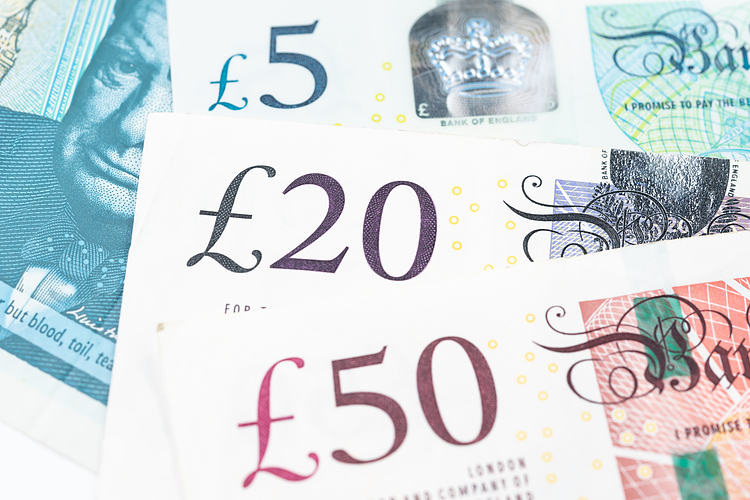The Pound Sterling has been making gains against the US Dollar, reaching near the 1.3000 psychological resistance level on Friday. This rise comes as the US Dollar saw a correction following the release of the US Durable Goods Orders data for September. The US Dollar Index (DXY) showed a decline below 104.00, with new orders for core goods contracting at a slower pace than expected. The overall positive outlook for the US Dollar is due to the expectation of a Donald Trump victory in the upcoming presidential election, with traders viewing this as a positive for the US Dollar.
There is speculation that a Trump victory could lead to higher tariffs and lower taxes, which could negatively impact currencies from trading partners. However, if current Vice President Kamala Harris wins the election, there could be a sharp repricing of the US Dollar. Despite this, the Federal Reserve is expected to continue with a gradual interest rate cut path, with expectations of further rate cuts in November and December. The Fed began its policy-easing cycle with a 50-bps interest rate cut in September.
Investors are closely watching the upcoming US Durable Goods Orders data to be published at 12:30 GMT, with economists expecting a decline of 1% after remaining flat in August. The Pound Sterling continues to outperform its major peers, showing signs of recovery against the US Dollar. Economic activity in the UK is still expanding as indicated by the flash PMI data for October, despite a slower pace compared to September.
Bank of England (BoE) Monetary Policy Committee (MPC) member Catherine Mann’s hawkish remarks have also contributed to the positive outlook for the Pound Sterling. Mann emphasized the need for further decline in services inflation for more rate cuts. The UK business activity continued to expand in both the manufacturing and service sectors, albeit at a slower pace. Traders are still betting on a BoE rate cut in November despite Mann’s comments.
From a technical analysis perspective, the Pound Sterling aims to climb above 1.3000 against the US Dollar, maintaining its rebound from the lower boundary of a Rising Channel chart formation around 1.2900. The near-term trend is uncertain as the Cable trades below the 50-day Exponential Moving Average (EMA) around 1.3070. The 14-day Relative Strength Index (RSI) remains below 40.00, signaling bearish momentum. Major support for Pound Sterling bulls is seen near the 200-day EMA around 1.2845, while resistance is expected near the 20-day EMA around 1.3060.










